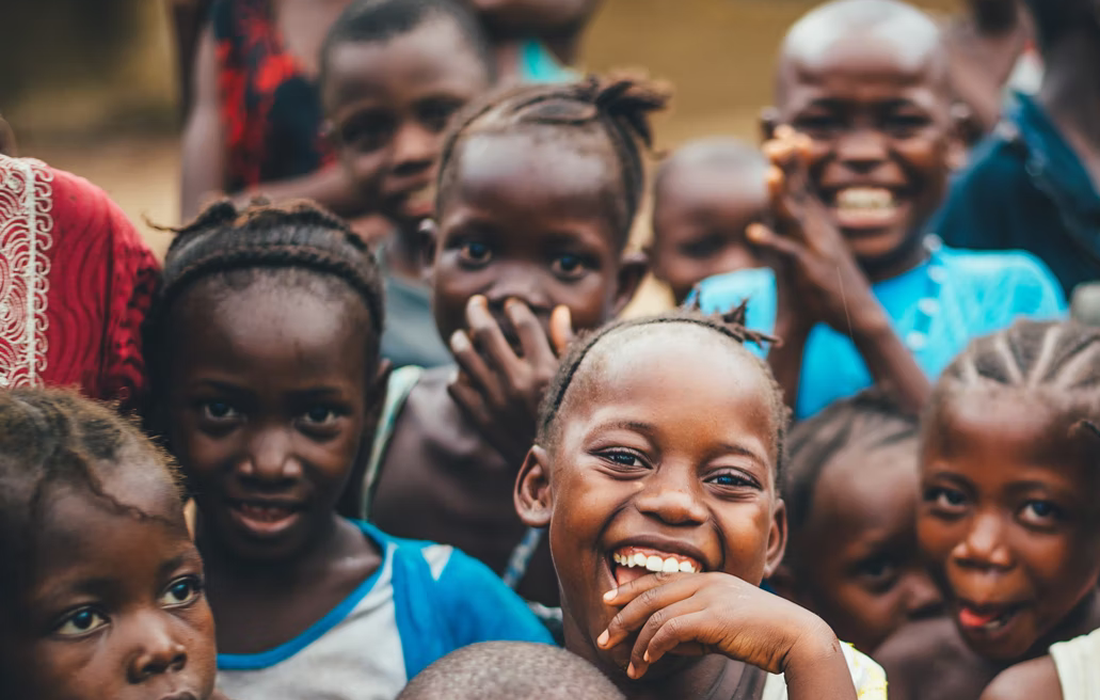Regenerative Medicine News and General Information
Shorter Tuberculosis Treatment in Children
More than 1 million children become ill with tuberculosis annually, and almost 20% of them die, but children have historically been excluded from clinical efficacy trials of antituberculosis treatment. This situation is due in part to low rates of bacteriologic confirmation of disease among children, given high rates of paucibacillary disease and difficulties in obtaining respiratory specimens.
Compared to adults, most children have nonsevere, smear-negative tuberculosis. Although spontaneous resolution has been described, it is generally agreed that treatment is appropriate in children with mild forms of tuberculosis because of the risk of disease progression and dissemination.
In a recently published study, researchers have found that treatment duration for the majority of children with nonsevere tuberculosis (TB) can be shortened from 6 to 4 months, reducing the burden on families and healthcare systems around the world. They also found that the shortened duration did not decrease the efficacy. The results appear in the New England Journal of Medicine.
Study Development and Results
The study involved children with nonsevere, symptomatic, smear-negative tuberculosis in Uganda, Zambia, South Africa, and India. The children were younger than 16 years of age and were randomly assigned to 4 months (16 weeks) or 6 months (24 weeks) of standard first-line antituberculosis treatment with pediatric fixed-dose combinations recommendations of the WHO.
A total of 1,204 children underwent randomization (602 per group), with a median age of 3.5 years. One group received the standard 6 months treatment, and the other the 4 month treatment. Of the enrolled children, 11% were living with HIV.
The treatment course used in the trial consisted of 8 weeks of standard therapy for both groups with isoniazid, rifampin, pyrazinamide, and ethambutol. Then, the 4 month group received an additional 8 weeks of standard therapy with isoniazid and rifampin, and the 6 month group continued standard therapy for 16 weeks.
After 18 months of treatment, the children in the 4-month group did just as well as the 6-month group, regardless of their age group and HIV status. The researchers concluded that the 4-month of antituberculosis treatment was noninferior to the 6-month treatment in children with nonsevere TB.
The WHO already released a statement recommending the 4-month regimen over the 6-month regimen in children with nonsevere TB.
Source:
Anna Turkova, et al. Shorter Treatment for Nonsevere Tuberculosis in African and Indian Children. N Engl J Med. 2022; 386:911-922. DOI: 10.1056/NEJMoa2104535
Image from:
Photo by Annie Spratt on Unsplash

